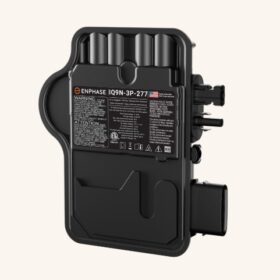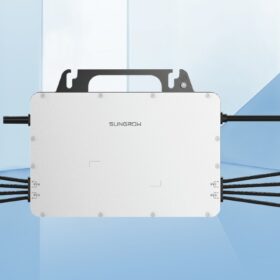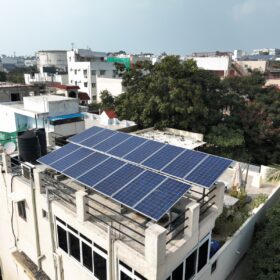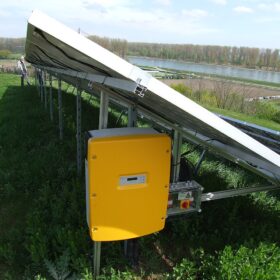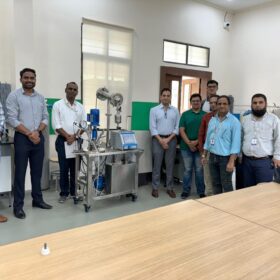Solis launches 16 kW residential and 60 kW commercial hybrid inverters
Ginlong Solis released two new hybrid string inverters that range from 9.6 kW to 16 kW for the residential market, and from 30 kW to 60 kW for the commercial market.
Waaree to scale up lithium battery fab to 20 GWh, electrolyzer capacity to 1 GW
Waaree Energies Ltd will scale up manufacturing capacity for lithium batteries from 3.5 GWh to 20 GWh and for electrolysers from 300 MW to 1,000 MW. It also plans inverter production capacity of 4 GW.
Vsole Solar opens inverter factory
Vsole Solar Energy has inaugurated its fully integrated in-house solar inverter manufacturing facility with a capacity to produce more than 20,000 inverters every month.
SolarEdge unveils all-in-one residential inverter and clickable modular battery system
The stackable battery ranges 4.9 kWh to 19.6 kWh per unit while the inverter is available in ranges from 3.8 kW to 13 kW. The company also introduced a meter socket adapter to avoid triggering costly main panel upgrades.
Enphase introduces commercial-scale solar microinverter with 97.5% efficiency
The inverter is designed for three-phase grid configurations without using external transformers. It contains gallium nitride technology, a first for Enphase’s microinverters.
String inverters: Technical progress and application status
As deployment expands across residential rooftops, commercial and industrial systems, and large-scale ground plants, string inverters are evolving at an unprecedented pace. This article reviews the key technology trends and application developments shaping the market as we move into 2025.
Sungrow debuts 2.5 kW microinverter
The Chinese company said its new microinverter supports four independent MPPT inputs with DC input currents up to 18 A.
Redefining Smart Cities: The transformative role of solar energy in urban grid evolution
The economics of solar have evolved significantly. With declining panel costs and robust government support—through schemes like the PM Surya Ghar Muft Bijli Yojana and PM-KUSUM—solar is now a financially viable solution for municipalities and citizens alike.
Industry reacts to cybersecurity rules for rooftop solar monitoring systems
The solar industry broadly supports a more secure, standardized framework for remote monitoring systems (RMS) used in grid-connected rooftop solar installations but voices concerns over implementation hurdles, additional costs, and technical feasibility—especially for smaller players and regions with limited connectivity.
Sinovoltaics releases latest PV inverter manufacturer ranking
The quality assurance firm updated its inverter manufacturer financial stability ranking with APSystems (Yuneng Technology), Sinexcel, and Eaton in the top three spots.




